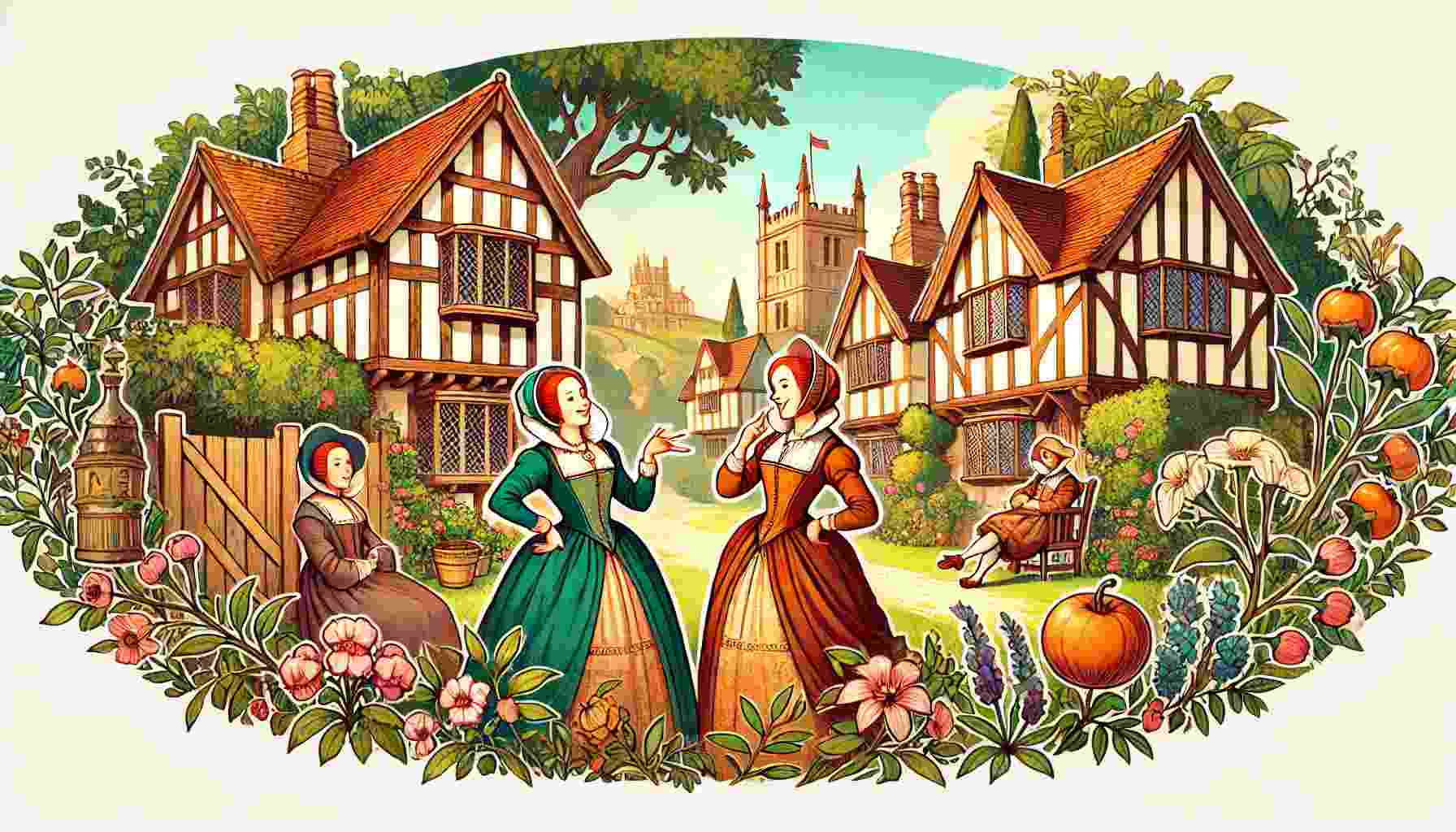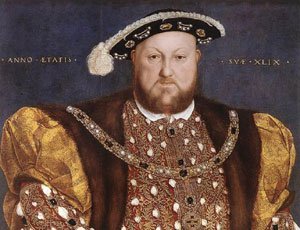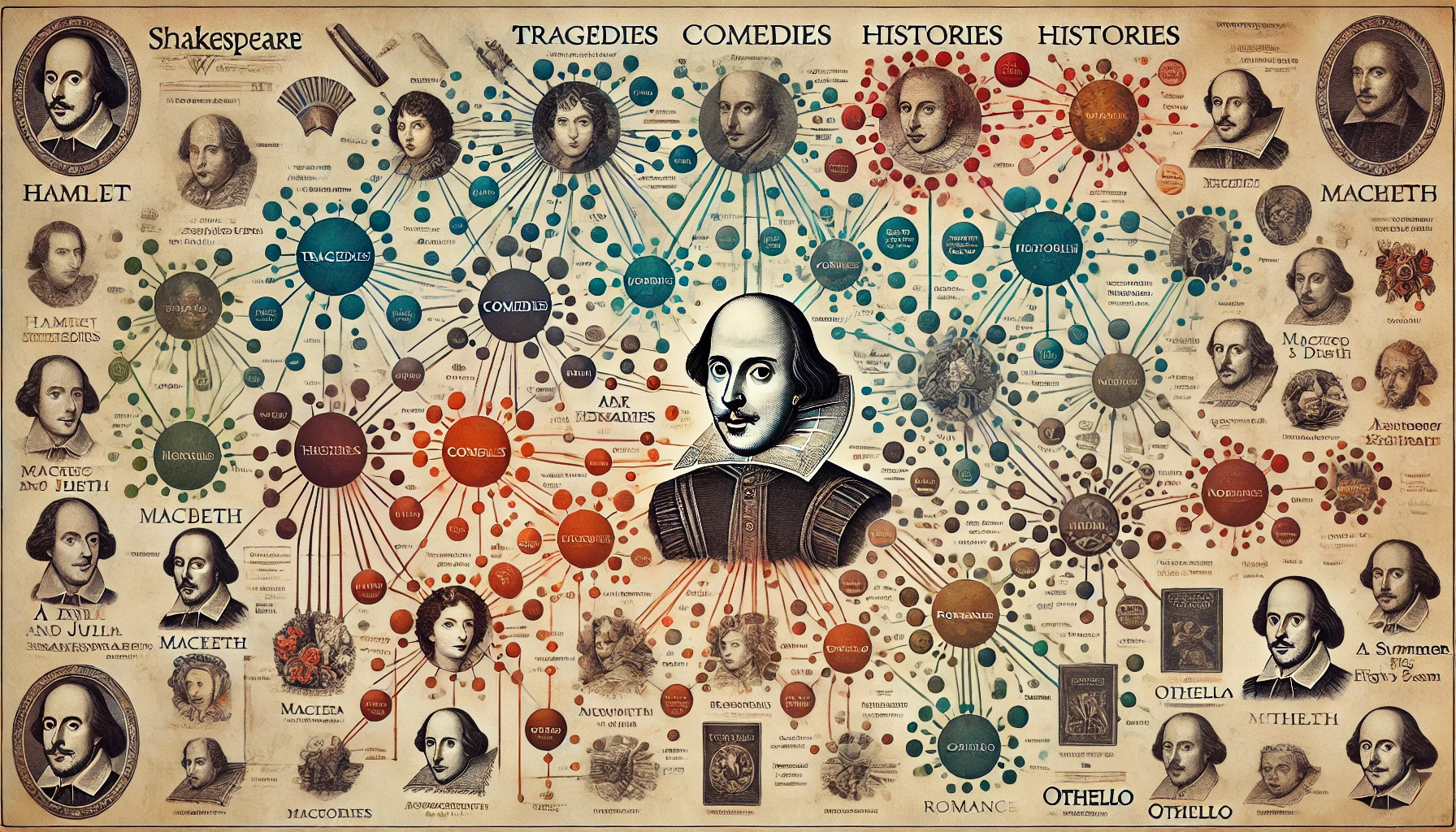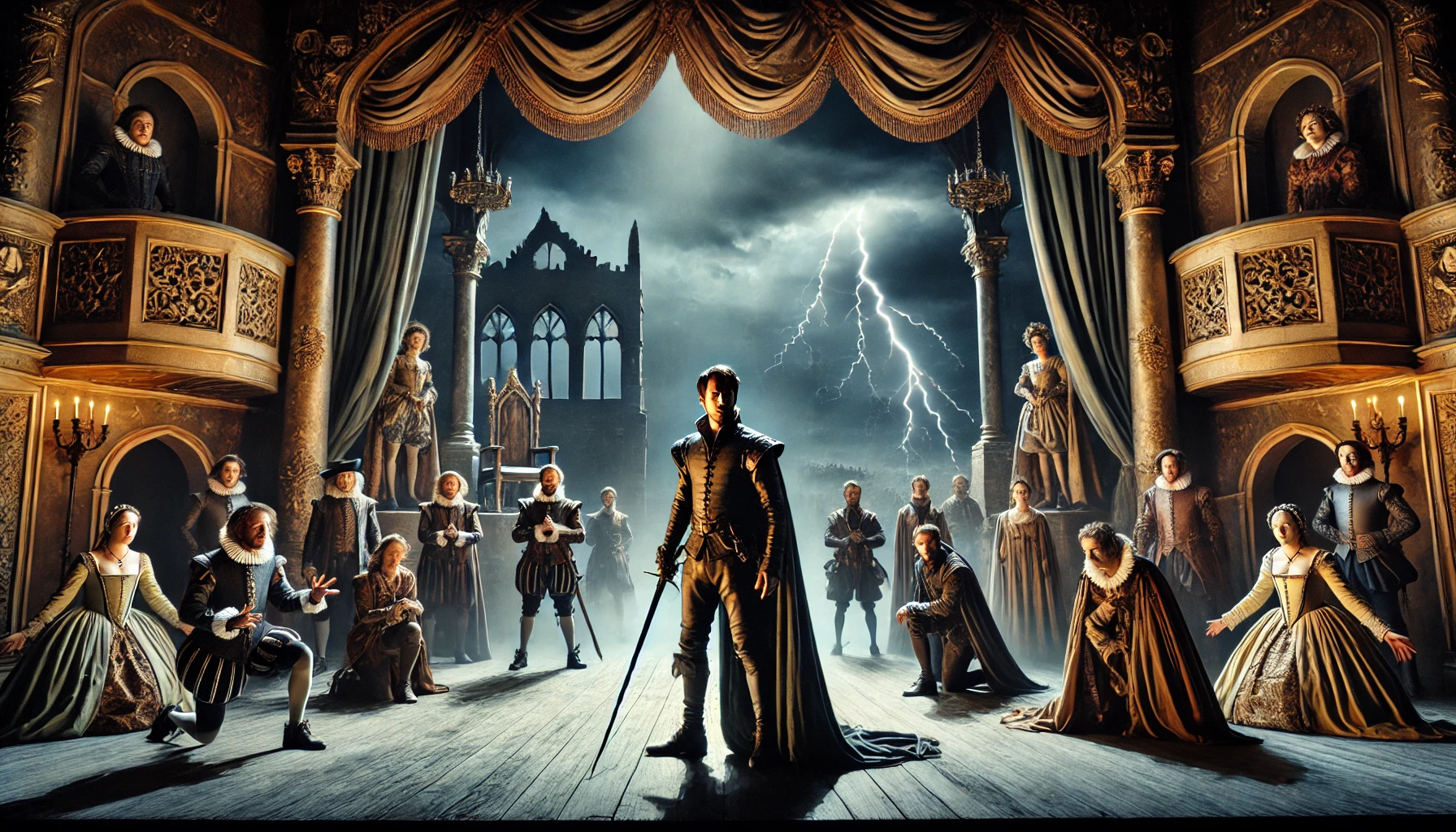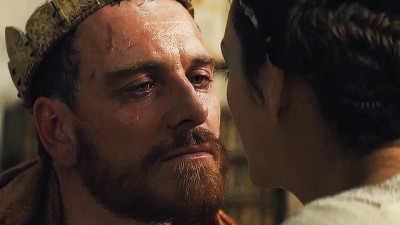Life
James Joyce was born from a good family in decline and was educated in his native town. He specialised in languages and graduated in 1902.He took no part in the Irish literary revival, which accompanied Irish political nationalism because he saw patriotism as a backward movement which paralysed the development of a free spirit in Ireland.
In 1904 he left Dublin: he lived first in Italy (Trieste and Rome) where between 1905-1909 he wrote “Dubliners” but they were not published until 1914. During the First World War he moved to Zurich without working his financial difficulties out; he also had problems with his health and he had to undergo the first of many eye operations.
In 1915 the Egoist started to serialised “Ulysses” but the publication was stopped because the novel was found obscene.
When he moved to Paris in 1920 he was a celebrity: in the stimulating atmosphere of the intellectual capital of the post-war Europe he felt free to experiment new narrative techniques; Ulysses was published, for the first time, right in Paris while in England it will not be published until the 1936.
In 1939, with the outbreak of World War II, Joyce returned to Zurich where he died in 1941.
The importance of Joyce is that he had renewed the literature. His books are very different from the tradition. Joyce uses the technique of manipulation of time and he doesn’t respect the chronological order. In his stories there isn’t only one point of view, but he exposes the point of view of many characters.
Dubliners
Dubliners is the title of a collection of fifteen short stories which was completed in 1904 and published in 1914. As the title suggests, the setting of all the stories is Dublin that is represented like a dead background. The theme of dead is common in his novels: the last is titled “The Dead” and the last word of the collection is “dead”. Dubliners is divided into four parts, like the human life:
– 3 stories about children;
– 4 stories about young boys;
– 4 stories about adults;
– 3 stories about public life.
The last story is a sort of summing up of the themes of each story.
The themes are:
– Paralysis;
– Concreteness of reality opposed to the need of spirituality;
– Money like the symbol of a repressed wish;
– The hope of escape and the feeling of suffocation.
Other important elements of the stories are:
The movement: the travel, often useless, of the character to find something. All the
characters escape or try to escape from Dublin in search of a “Eden”, which they can’t find.
The music: a vital form of art in many parts of the world (for example in Italy), but not in Ireland. It’s a way to escape and helps the memory and the stream of consciousness.
The window: There are two different kinds of people:
who looks out of the window and who looks through the window into the house. Outside the life passes: the one who looks out from the window doesn’t live really, but he looks the other people living. It’s a symbol of apathy of the people who don’t take part in social life.
Now, I’d like to analyse one of the short stories that belongs to Dubliners: Eveline.
Eveline: summary.
The short story opens with a description of Eveline sitting in the living room and looking out of the window. She lives with a violent father and a younger brother and sister. Her family is poor and she works as a shop assistant. Her mother is dead. She has a boyfriend, Frank, whom she intends to marry in order to escape from her unhappy and hard life: the games she used to play, her mother’s death and her duty to keep the house together. When she has the opportunity to escape with Frank the sense of resignation triumphs over her desire to run away and at the last minute she refuses to go.
Eveline: the narrative technique.
The story is told by a third person narrator but the point of view is mainly Eveline’s. In fact the third person narrator tends to disappear through the use of indirect throught into Eveline’s interior monologue. So the language changes consequently: the sentences become shorter and more broken, the language becomes simpler and more colloquial as if Eveline herself were speaking.
Ulysses
This novel caused a great scandal when it was published in Paris (1922) for his technical innovations and for his explicit language. The first English edition appeared in 1936 because until that year the novel had been banned for obscenity. The novel had a tremendous impact not only because of its obscenity but also because of its revolutionary form.
Ulysses: summary.
It’s the story of Bloom and his friend’s Dedalus wandering through Dublin on June 16th, 1904. It has no traditional plot and is based on the trivial details of everyday life and the inner life of the characters. The novel is written in a variety of styles and techniques. It is highly symbolic and one key of interpretation in given by its main structure. Its eighteen chapters, in fact, correspond to episodes in the Odyssey and in the serialised edition they had the titles of the corresponding episodes in the epic poem. Leopold Bloom represents Ulysses, his wife Molly represents Penelope and Stephen Dedalus represents Telemachus. But while Ulysses is the prototype of the complete man, Bloom is an anti-hero used by Joyce as a constant reminder of the decadence of our modern age.
Ulysses: chapter 13.
The chapter opens with a description of Cape Howth. The characters of this chapter are Cissy Caffrey, Edy Boardman and Gerty McDowell. Cissy has to look after her twin brothers while Edy must look after her one-month-old baby brother. Leopold has reached the same place where the three girls are. He is noticed by the girl and when he kick the ball the twins are playing with and it rolls to Gerty’s feet, the young girl feel the man’s gaze on her and she hopes the power of her femininity will make him fall in love with her.
This episode exemplifies the parallelism with the Odyssey by Homer. It is similar to canto VI where is described the meeting between Ulysses and Nausicaa who is the only one to have pity on him while her maids stop to play with the ball and run away frightened by the man.
Homer want to describe the capacity of Nausicaa to see beyond appearance, while Joyce is interested to give evidence to Gerty’s projection of her romantic fantasies on reality: therefore it’s created a sort of contrast between the anti-heroic features of Gerty and the good capacity of Nausicaa who doesn’t pay attention to the appearances.
The variations of style Joyce use for different points of view and different subject matter is evident in this episode: the language used to describe the three girls looking after the babies is colloquial and rich in onomatopoeic words. Instead the language used by Joyce to tell about the dreams of Gerty, who hopes in the fulfilment of her love, is a type of interior monologue: this narrative technique is applied by the writer to tell the story in the characters own words.
Stream of Consciousness technique.
The stream of consciousness is a particular kind of narrative technique that was born in the early 20th century with Dorothy Richardson who was the first to attempt the new style in the most important of her novels: Pointed Roofs. We also must remember Virginia Woolf: in her novel she paid great attention to the thoughts and feelings of the characters. But the writer who used the stream of consciousness with the best results was James Joyce. According to him nobody thinks in organised sentences; the thought forms in the mind without a syntactic shape. Joyce wanted to convey the thought and feelings as they pass through a person’s head, as they form in the mind. So he used a disrupted syntax, the sudden passages from one topic to another, from third person to first person, the uncompleted sentences, the referent not always clear.
The need to go deeper into analysis of the mind of the characters was the cause of the creation of this new prose style, appropriate to convey the complexities and the fragmentation of thought. But, why did the 20th century writers feel the need to analyse the inner life of a character? It was due to a profound change, comparable to a revolution, in though and feeling happened in the early 20th century.
An entire system of thought was disrupted by scientific political and psychological theories: so a period a period of experimentation in all forms of artistic expression was ushered in.
One of the most important personalities of the 20th century in Sigmund Freud, the founder of psychoanalysis. His theory influenced in a decisive way the adoption of the stream of consciousness. Freud discovered that unconscious have the power to determine our actions and that man unconsciously tend to remove things that he cannot accept and this phenomenon undermines the sense of certainty.
The definition “Stream of consciousness” was due to an American psychologist, William James, who spoke of endless flux and infinite change of the inner life. In his “Principles of Psychology” he affirmed that consciousness can be described as a river or a stream that changes continuously: so we can call it stream of consciousness, of thought or of subjective life.
Another important contribution came from the French philosopher Henry Bergson. The most original aspect of his thought is the concept of duration: Bergson distinguished between the time of science and the time of the mind: the first can be quantified, the second change from one person to another. The time of to mind is also called “duration”.
